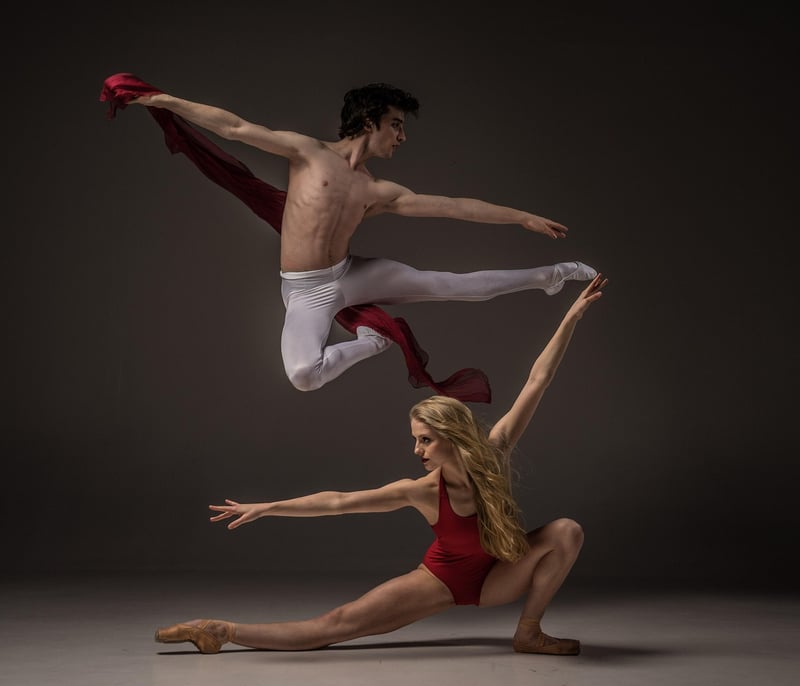Salsa
The Art of Expressive Movement in Salsa Dancing

Salsa dancing is not just a sequence of steps; it's a vibrant expression of culture, passion, and emotion. At the heart of salsa lies the art of expressive movement, where dancers communicate through their body language and connection with the music.
Connecting with the Music
Music is the soul of salsa dancing. The rhythmic beats and melodies guide the dancers, inspiring them to move with grace and intensity. As dancers connect with the music, they express its nuances through their body movements, creating a dynamic and captivating performance.
Embracing Emotion
Emotion is key to expressive movement in salsa. Whether it's the fiery passion of a fast-paced salsa song or the sensuality of a slower bachata, dancers infuse their movements with feeling, telling a story with every step. By connecting with their emotions, dancers create a powerful connection with their audience.
Body Language and Communication
In salsa dancing, body language is a universal form of communication. Through subtle cues such as hand placements, eye contact, and body positioning, dancers convey their intentions and emotions to their partner and the audience. This non-verbal dialogue adds depth and richness to the dance, enhancing the overall experience.
Express Yourself on the Dance Floor
Whether you're a seasoned dancer or just starting, embracing expressive movement in salsa can take your dancing to the next level. Let go of inhibitions, connect with the music, and express your emotions through your movements. Salsa dancing is not just a dance; it's a way to connect with others and yourself on a deeper level.
So next time you hit the dance floor, remember that salsa is more than just steps—it's a celebration of life, love, and the joy of movement!
